Fat in the diet during weight loss - friend or foe?
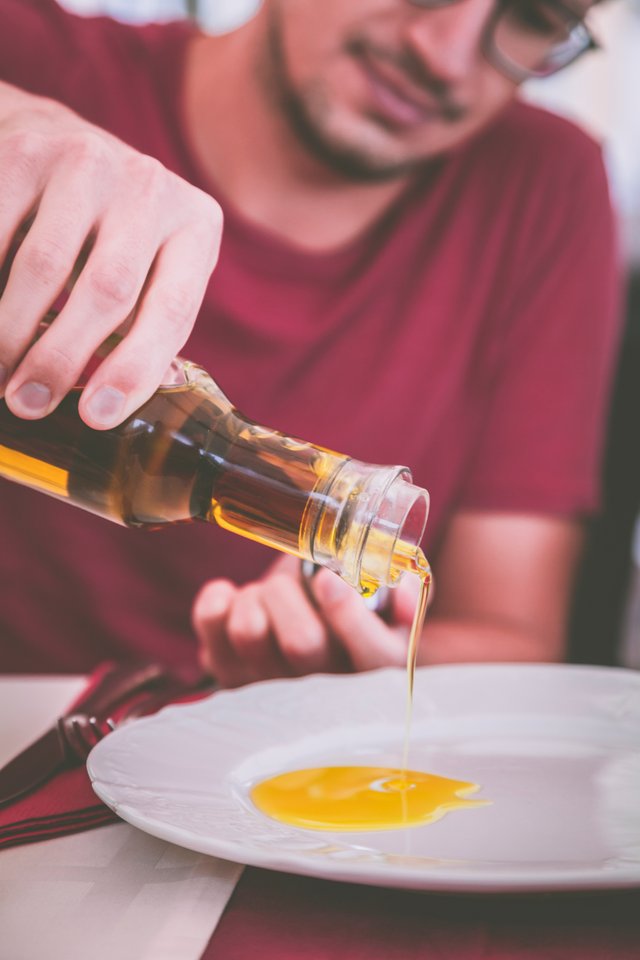
It is January, which is the time of assault on dieters' practices, gyms and sections with healthy food. Usually, this month is associated with the greatest determination to lose a few extra kilos. We often throw in very deep water in January and we use very low-calorie, extremely low-fat or low-carbohydrate diets. Today I would like to prove to you that every nutrient is necessary both when using a balanced diet and during slimming. The fact that 1 g of fat has 9 kcal does not mean that we should be afraid of it. I know that the popular phrase "you are what you eat" makes intuitively when we strive to reduce body fat, we eliminate fats from the diet. Nevertheless, this action does not make sense. In today's article I will show you the role of fat in the reduction diet and prove that by using appropriate sources of fat in the diet you can lose more weight from the waist area.
Fat in the reduction diet - above all, quality!
From a physics standpoint, each fat provides the same amount of energy. During in vitro tests (in a test tube), regardless of whether we are examining olive oil or palm oil, we simply get 9 kcal from each burnt gram of fat. The human body is not as zero-one as a test tube and it turns out that fats contained in food have different effects on our metabolism and hormonal balance. In numerous interventional studies, the difference between individual fat sources and their influence on parameters such as lipid profile, postprandial thermogenesis rate, secretion of interleukins, etc. was checked. It turns out that in the context of what some fats do with our health, calories become secondary. It is not enough to ensure that you limit the amount of fat in the diet. You must first of all take care of their quality and choose products that support our health. These include fish fats, olive oil, avocado, various nuts, seeds, etc.
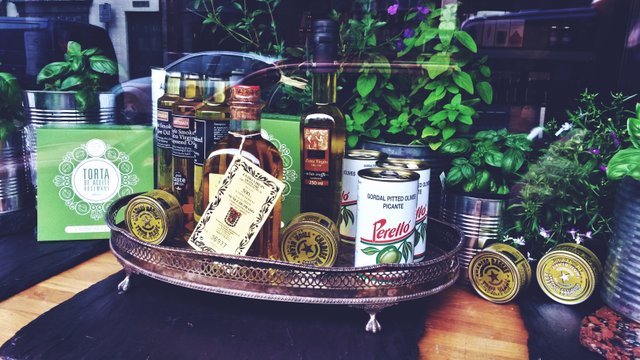
Choose unrefined fats
When selecting fats, special care should be taken to ensure their quality, as it is a product sensitive to high temperature, sunlight and oxygen. For this reason, I recommend choosing only unrefined fats, cold pressed, packed in dark glass. Unfortunately, refined fats already have many technological processes behind them that deprive them of all that is valuable, ie polyphenols, vitamins and other biologically active substances. Oils are refined by means of physical processes (heating to very high temperatures) and chemical (using the reagents, for example, bleaching). For this reason, the highly promoted rapeseed oil is not a viable alternative to unrefined oils and extra virgin olive oil. The fats we eat should bring not only calories and fatty acids, but also vitamins and antioxidants.
Watch out for aflatoxins in nuts
We must also pay close attention to the quality of nuts and pips we buy. Shelled nuts have a short shelf life, so it is better to buy them in small opaque packaging or in a natural protective layer, i.e. in a shell. The taste and smell of nuts and pips can not differ from the desired one. Many times I have thrown away a whole packet of nuts, pumpkin seeds or peanut butter, because I sensed a suspicious smell. Nutty contamination with molds and consequently aflatoxins is relatively common. It is most common in peanuts, Brazilian nuts and pistachios due to the long time of import often in unfavorable conditions. When buying nuts, look for reliable producers. Take extra care when buying nuts by weight. In some stores, nuts are in containers for a very long time.
Fatty fish help you lose weight and stay healthy!
As the name suggests, Essential Unsaturated Fatty Acids (EFAs) are essential fats for our health. The body can not synthesize them on its own, which is why they must appear in our diet. The NNKT group includes polyunsaturated fatty acids from the omega-3 and omega-6 families. The omega-6 fatty acids are very common in our diet, so there are no worries about their shortages. On the other hand, the supply of acids from the omega-3 family is problematic.
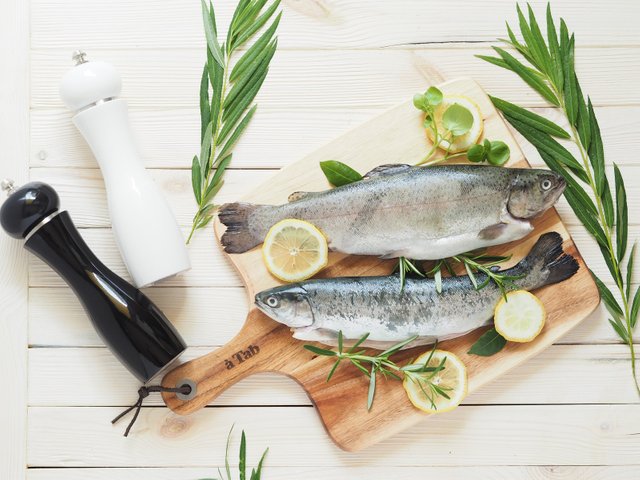
The omega-3 family includes:
- ALA - alpha-lipoic acid (found in flax, chia, hemp and walnut seeds)
- EPA - eicosapentaenoic acid (found in fish and some algae)
- DHA - eicosapentaenoic acid (found in fish and some algae)
Interestingly, omega-3 acids are also found in meat, dairy products and eggs, however, the content of omega-3 fatty acids depends on the way animals are fed. Cows that feed on grass are less and less common, and it is milk and meat from such cows that has the most favorable profile of fatty acids. The same applies to eggs. When the chicken appears in the fowl's diet, the flax yolk contains more omega-3 fatty acids.
Metabolic pathway of omega-3 acids
For good health, we should include omega-3 fatty acids in the diet. The most effective form is DHA, which is located at the very end of the metabolic pathway. For this reason, it is recommended to eat 2-3 portions of fish per week, of which at least 1 portion should come from oily seawater (mackerel, salmon, tuna, swordfish, herring, sardines, eel). This assumption is in practice valid in the Mediterranean diet.
In the case of people who do not eat fish because of ethical factors or aversion, they should enrich their diet with plant sources of omaga-3, but in this case it should be remembered that conversion of ALA to active forms of EPA and DHA proceeds with a few or a dozen or so percent efficiency. The effectiveness of this conversion depends on the sex, the degree of nutrition and the presence of omega-6 fatty acids that compete for the same enzymes. Interestingly, in women the conversion is definitely better than in men. When using vegan and vegetarian diets, it is worth considering supplementation with a good preparation containing EPA and DHA acids derived from marine algae oil.
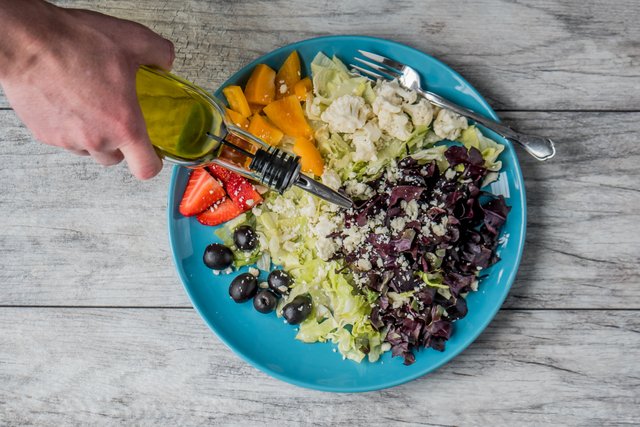
Omega-3 fatty acids show a number of positive functions in our body. They act anti-inflammatory, reduce the risk of cardiovascular disease by a positive effect on the lipid profile, prevent the development of autoimmune diseases, certain cancers, depression and senile dementia. What is important in the context of weight loss, omega-3 fatty acids inhibit lipogenesis, that is, the creation of fat stores in the body. They also improve insulin sensitivity, reduce appetite and increase the feeling of satiety after a meal. While losing weight, you should eat fatty fish! Only cod, hake and pollock are not enough!
Avoid trans fatty acids!
Trans fatty acids pose the greatest threat to our health. This is a type of fat that does not show any positive properties. Trans fats increase the risk of some cancers, very negatively affect the lipid profile and endocrine management. The high content of trans fats in the diet also translates into a higher waist circumference and a high risk of metabolic syndrome formation.
Trans fats occur in both natural and industrial food. Depending on the season of the year, or the way of feeding dairy cows, the content of trans fatty acids ranges from 2 to even 8%. This value does not result from technological processes but from the natural presence of trans fatty acids in ruminant milk. Of course, the natural origin of these trans fats does not make them less harmful. We should therefore use fat dairy reasonably and in limited quantities.
Trans fats are also found in highly processed vegetable fats subjected to the process of proving or hardening. When reading product labels, we should pay close attention to the term "fully / partially hardened vegetable oil". Therefore, we should avoid the majority of hard margarines, some soft margarines, most biscuits, salty snacks and bakery products as well as crisps and other deep-fried products. Trans fats are also generated in the home when heating oils that are not suitable for this purpose. The least stable are fats rich in polyunsaturated fatty acids.
Turn butter and margarine into olive oil
We already know that butter is a source of unfavorable trans fatty acids and saturated fat, and margarine almost always contain palm fat and a lot of additional substances. In the light of my knowledge and conviction, the best solution will be to draw from the Mediterranean region the tradition of sprinkling or dipping bread in olive oil.
People who cooperate with me individually know that pouring a spoonful of olive oil is on the agenda. By converting trans and saturated fats to monounsaturated fat from oil, we give our blood system everything that's best. An additional benefit of changing butter or margarine to olive oil is the fact that we supply with it a lot of beneficial polyphenols such as oleocantal, oleuropein or oleacein. All these substances have a positive effect on the lipid profile and prevent the formation of cancer cells and their multiplication.
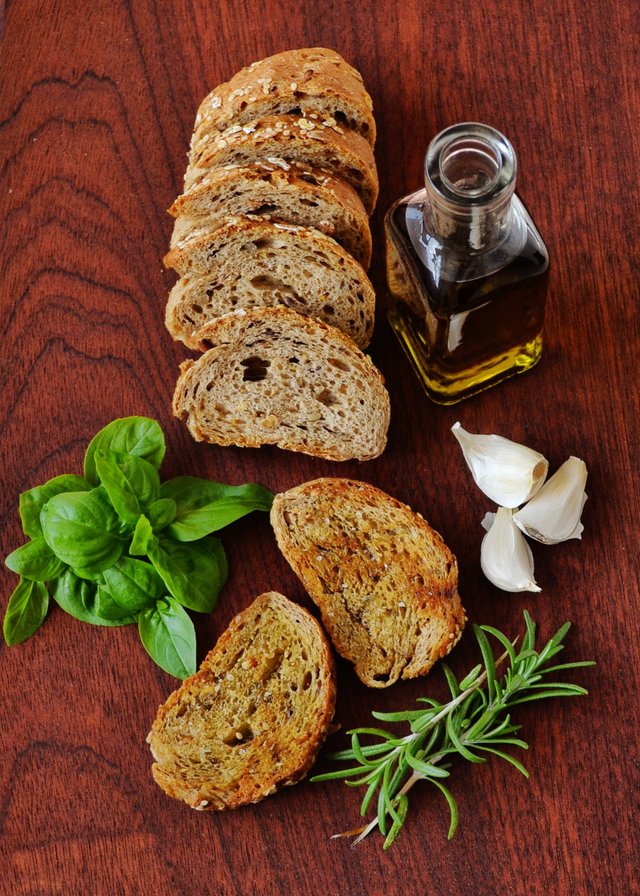
Satiety factor
The addition of fat to the food greatly affects its satiety. Just like the presence of protein or fiber, fats allow us to achieve the feeling of saturation faster and maintain it for a long time. During a slimming diet, we should compose meals in such a way that each of them contains a portion of wholesome protein (meat, fish, dairy products, eggs, pods), a source of fiber (vegetables, fruits, whole grains, seeds) and a healthy source of fat (olive oil olives, nuts, avocados, seeds, fatty fish). Composing meals in this way, we help ourselves to maintain the diet for a long time, because we will not lead to rapid fluctuations in the level of glucose in the blood, and thus feelings of hunger and frustration.
Examples of correctly composed meals:
- Whole-grain sandwich with vegetables and fatty fish (eg mackerel or salmon)
- Natural yogurt with fruit, porridge and nuts
- Whole grain pasta with tomato sauce with turkey meat and olive oil
- A quinoa salad with lentils and avocado
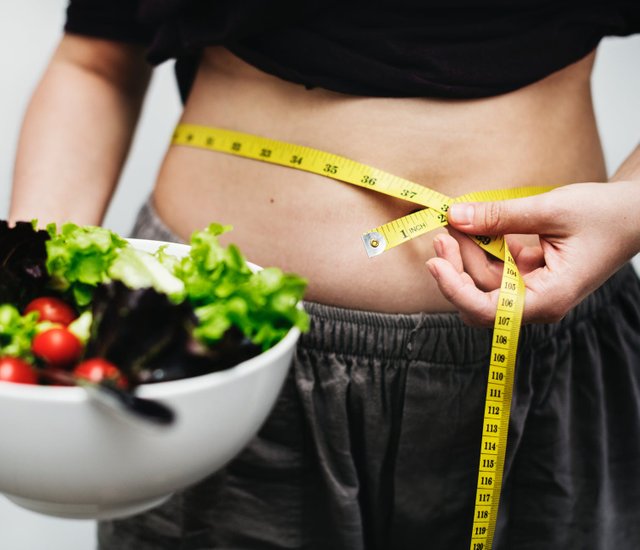
If you do not believe it, run an experiment and test 2 types of breakfast with the same calorie. Observe the time after which hunger will appear again.
Proposal 1
- Rice flakes - 6 tablespoons
- Unsweetened rice milk - 1 cup
- Mango - 1/4 item
- Dried cranberry - 1 tbsp
Nutritional value: 420 kcal / 5.4 g protein / 3.3 g fat / 91.9 g carbohydrates / 3.4 g fiber
Proposal 2
- Wholemeal bread - 3 thin slices
- Olive oil - 1 teaspoon
- Boiled chicken egg - 1 item
- Smoked salmon - 1 slice
- Low starchy vegetables - 200g
Nutritional value: 419.6 kcal / 21.4 g protein / 15 g fat / 44.1 g carbohydrates / 11 g fiber
As you can see, both meals have identical caloric value, but a completely different macro. In meal number 2 we have the optimal amount of protein, fat and fiber. The first meal will cause rapid transfer of glucose to the blood and, in turn, activation of the pancreas to separate a large amount of insulin to re-establish the proper level of glucose. During weight loss, meals containing carbohydrates should not be used because they are characterized by high glycemic load and low satiety index. The persons who compose the meals in such a way that proteins, fats and slightly higher amounts of fiber are much more likely to carry out the reduction.
Satiety index in a meatless diet
Of course, you do not need to eat animal products and dry foods to preserve the rules of composing meals to maintain satiety.
Proposed to modify the first meal: conversion of rice milk into soy milk (source of protein), change of cranberry and mango into nuts and berries, and conversion of rice flakes into flakes with a lower glycemic index, e.g. mountain oatmeal or buckwheat flakes. Such a composed meal will definitely have a completely different effect.
The proposal to modify the second meal: replacing eggs with tofu, lentil pate or hummus and salmon on avocado will result in a similar effect in the context of satiety.
Insulin sensitivity and prevention of type 2 diabetes
Fats in our diet reduce the glycemic load of foods we eat. This is because lipids delay the digestion and absorption of glucose from food by decomposing the availability of consumed carbohydrates for energy purposes over time. This is very important in the context of preventing insulin resistance and type 2 diabetes.
Keeping the blood glucose in check and thus the production of insulin positively affects our health and figure. People suffering from insulin resistance have more difficulty maintaining a diet and losing unnecessary kilograms. That's why it's worth adding about 10-15g of good-quality fat to every meal. It may be a tablespoon of olive oil, a handful of nuts, a fatty fish or a piece of avocado. I often add avocados, coconut milk or cocktail nuts to my clients to lower their glycemic index.
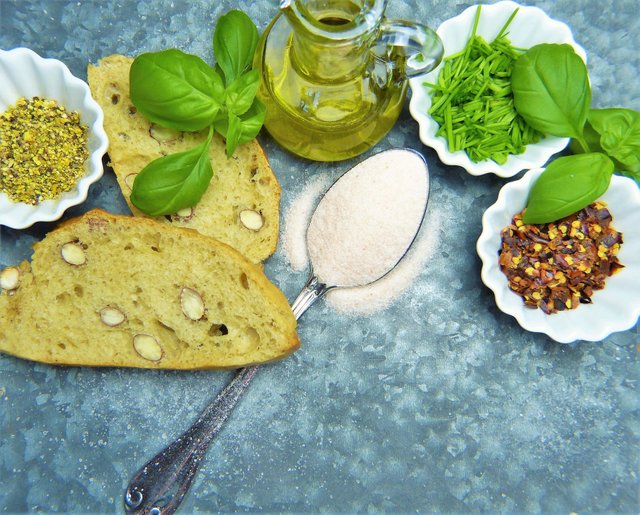
Improving the palatability of dishes
It is known not from today that all the aromas dissolve in the fat. That is why fat and well-seasoned foods can be fatal because we like them a lot. Improving the palatability of fatty foods is a fact that can not be overlooked. It is worth noting, however, that we can use this dependence in a good way. Being aware that the fats dissolve in fats, we can give a healthy diet a lot of flavor.
A tasty and satisfying healthy diet will be conducive to staying with us for longer. Just 10-15 ml of olive oil with a meal to give it a completely different taste. It is worth noting that most unrefined fats are so aromatic that they constitute a spice by themselves. A good example is spicy oil (eg Gran Fruttato or Non Filtrato), which will greatly emphasize the taste of cream soup. A few drops of sesame oil to the dish will also increase its palatability.
The fact that fats are a great carrier of aromas can be used to flavor them. Macerating olive oil with herbs, garlic or chili pepper causes that we gain a very intense aroma, and in addition we protect fatty acids contained in it from oxidation. The best way to extend the durability of olive oil is to dip the sprigs of fresh rosemary in it.
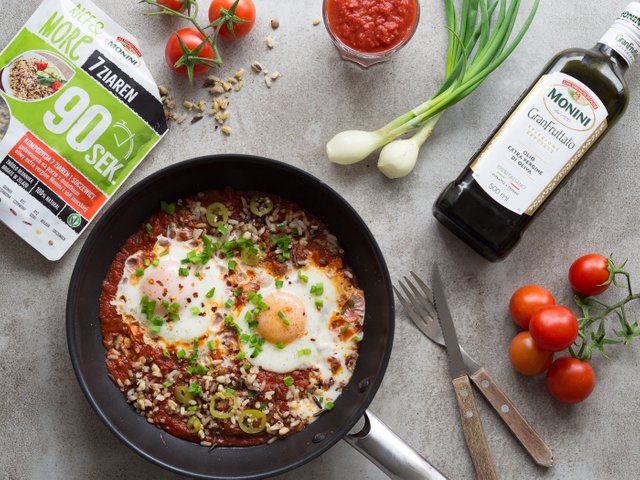
Fat-soluble vitamins
Another argument for not restricting fat in the diet, but maintaining the moderation in their consumption is the fact that there are fat-soluble vitamins that require the presence of lipids for their effective absorption. Fat-soluble vitamins are vitamins A, D, E and K.
Vitamin A
Vitamin A is found in offal, fatty fish and eggs - these are products that are a natural source of fat, so you do not have to combine them with extra oil. Provitamin A, however, occurs in many plants in the form of beta-carotene. We find it in carrots, squash, sweet potatoes, apricots, peaches, melon and green vegetables. It is worth giving these ingredients in the company of fat. A carrot salad with a bit of olive oil, coconut pumpkin curry, sweet potato puree with tuna steak or an apricot cocktail with cashews is a really good solution.
Vitamin D
Vitamin D also occurs in naturally fat products - mainly fish, egg yolk, butter, cheeses and other fatty dairy products. We can also find it in mushrooms. In autumn and winter vitamin D should also come from a dietary supplement. Although dietary supplements with vitamin D are based on a fatty base, it is best to combine supplementation with a meal rich in fat.
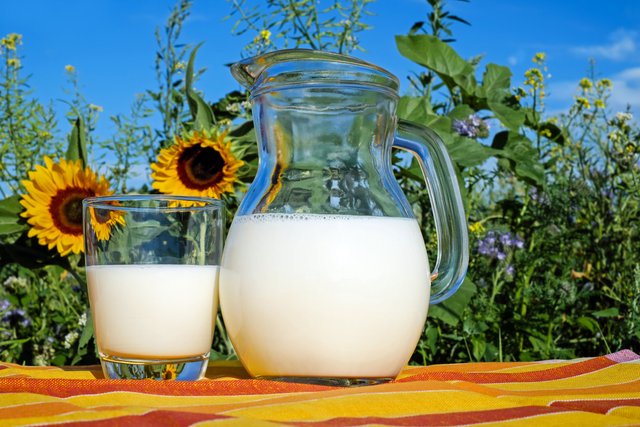
Vitamin E
Vitamin E is found mainly in plant foods rich in fats. We find it in unrefined oils, olive oil, various nuts, seeds and seeds. The most vitamin E can be found in sunflower seeds, but we should not use excessive amounts of sunflower oil, because it abounds in large amounts of fatty acids from the omega-6 family, which we have in the diet far too much.
Vitamin K
Vitamin K comes mainly from leafy and cruciferous vegetables and to some extent is produced by intestinal bacteria. Vitamin K, like all fat-soluble vitamins, requires the presence of lipids to effectively exceed the intestinal barrier. That's why it is worth adding a source of fat to every salad, such as a tablespoon of olive oil, a handful of seeds or nuts, an egg, a little cheese, olives, avocado or fatty fish.
Eliminating fat from the diet practically completely take the opportunity to draw from the diet of vitamins A, D, E and K. According to WHO recommendations, our diet should contain from 20 to 35% of energy derived from fats. At the same time, it should be remembered that women react better to higher dietary fat intake than men. On a 2000 kcal diet, it will be between 45 and 75 grams of fat per day. However, you should be aware that hidden foods are in the food (eg dairy, meat, finished products) and it is not enough to count the tablespoons of oil or oil added to the dishes to have fats under control.
While diets are slimming fat is equally important, but we eat it relatively less. If we reduce the calorific value of the diet by 500 kcal then we should reduce the amount of fat by about 15-20 g, and not cut it to a minimum, because in the weeks and months it will not come out for good. It can be assumed that we need about 1g of fat per kilogram of body weight.
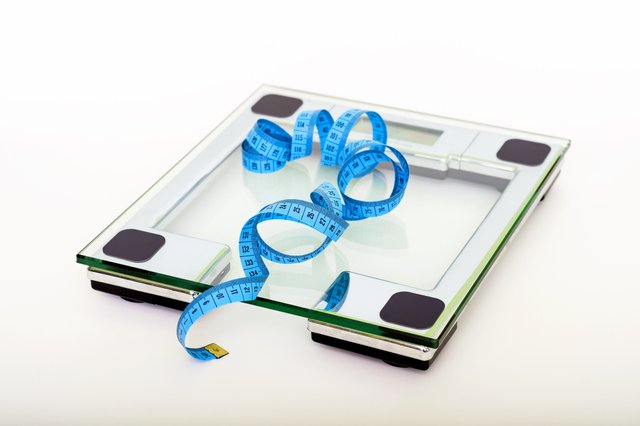
As you can see, fats are essential for a reducing diet. They have a number of positive functions that should not be deprived during weight loss. By choosing the right source and amount of lipids in the diet you can even improve your health and weight loss efficiency. Do not be afraid of good fat. It's definitely your friend. The enemy is only saturated fats, refined and rich in trans-isomers.